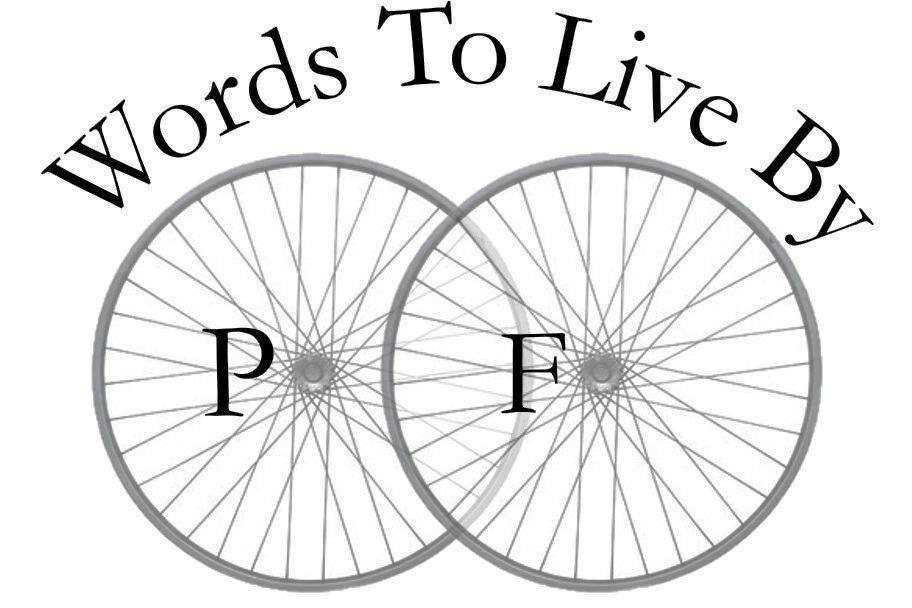That's a wrap
Is it better to be cool or to look cool?
Why choose?
On the first touring bicycle I put together in high school, an ever- changing collection of parts and gewgaws hung upon the frame of my red Schwinn Traveler – itself the successor to a yellow Schwinn Continental my father bought and rode intermittently during what I now know was the great American bicycling boom engendered by the energy crisis of the early ‘70s and all these Schwinn’s purchased because my father patronized the businesses who bought insurance from him, and A&B Cycle was one of those – there was a time when I bought and installed black padded foam tubing on the handlebars. It came in four pieces, two on each side with one section above and inside the brake levers and another section below and running to the end of the bars. They were slipped upon the aluminum bends of the bars by means of dish soap squirted inside and twisting them onto and around the bar ends. They weren’t wrapped at all, nor were they tape.
In retrospect, they sure looked dorky. Inevitably, the foam compressed and lost its elasticity and thus failed to spring back.
In the initial go-round of the Cloud Bike, I wound handlebar wrap starting from the top with an invisible beginning and an un-tapered end that necessitated no tape to secure it. This provided a cleaner look, to start, but it soon became less so as the direction of the wrap left edges exposed to the twisting, turning, pushing forces of hands upon bars while riding. It got ratty quickly.
Now, with Hugo Black, I read the instructions. I watched a video. I studied up and practiced. The key, it turns out, is maintaining consistent tension on the ribbon of wrap as round and round it goes, clockwise on the right side and anti-clockwise on the left with a figure-8 infinity loop to change direction at the junction with the levers and then along the bar tops.
There is no need to extend the start of the wrap beyond the bar ends to tuck in and fold under. A flush finish is perfect here, especially with the bar ends. I had special golden aluminum allen-bolt expander plugs for the job but went instead with two cork stoppers from empty Woodford Reserve bourbon bottles. Dark brown wood stain on the round cap atop a cork plug and strapped by a black tax sticker. (And it’s a nice complement to the Veuve Cliquot corks gracing the bar ends of the Cloud Bike.)
It’s that instruction-reading, patient prep that marks the difference – perhaps even the biggest difference, a claim I’ve staked three times previously in this narrative – in the construction of the Cloud Bike then and Hugo Black now. I take my time. I make sure I know what I’m doing. I think through this move and the next two. If something seems awry or not as expected or requires force, I take a deep breath, step back and think again and again until it is absolutely right. I’ve not done that before, in bicycle wrenching or life. It makes a positive difference.
The difference can be felt with every ride, including the next one.
Frame: 1070 grams
Fork: 410
Seatpost: 193
Saddle: 540
Headset: 85
Stem: 155
Handlebars: 269
Levers: 350
Cables and housing: 354
Brakes: 623
Bottom Bracket Cups: 29
Cranks: 585
Chain: 256
Cassette: 292
Rear hub: 293
Front derailleur: 76
Front hub: 116
Rims: 450
Spokes/nipples: 413
Tires: 560
Tubes: 140
Water bottle cages: 200
Handlebar wrap: 104
Woodford Reserve stoppers/bar ends: 45
Running total: 7791 grams, 17.1762148 pounds


